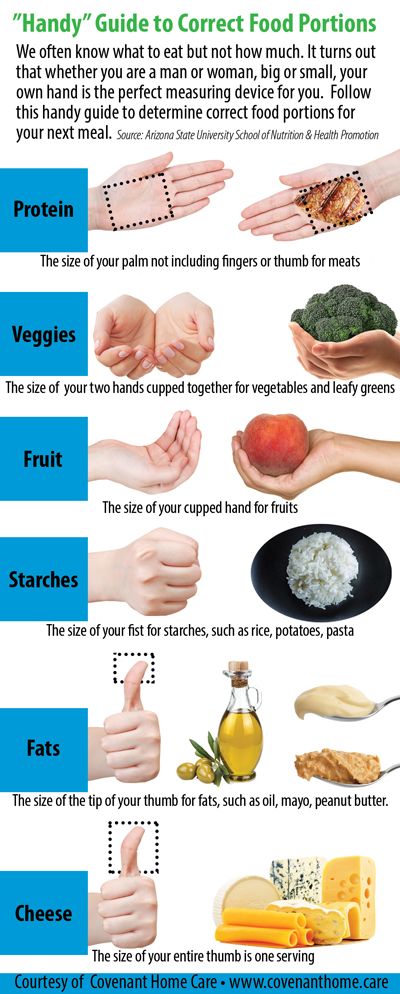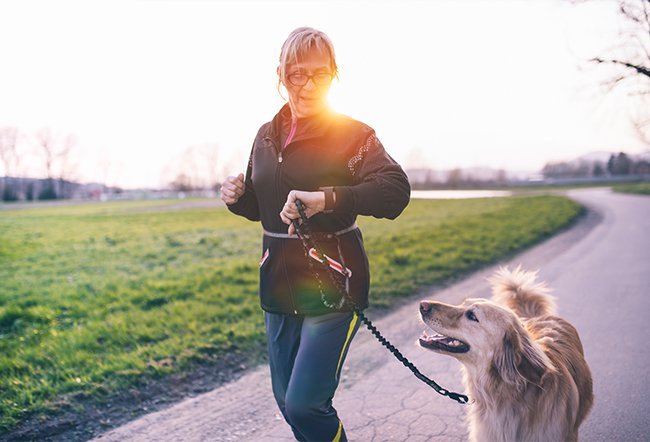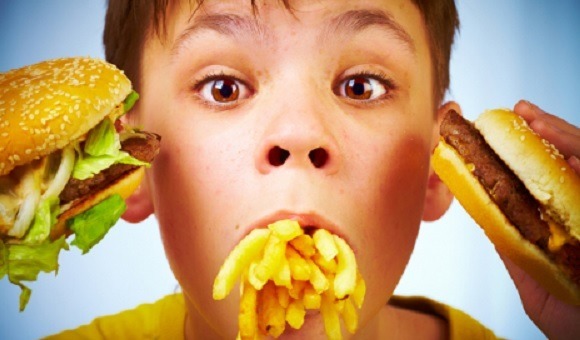
HIV patients who are living with HIV need to be fed. This prevents the virus living long enough for another person to become infected. HIV cannot survive outside the body. This is not always possible. HIV-infected individuals may need supplements such as vitamin A or vitamin D. These supplements can provide the micronutrients you need.
HIV and food insecurity are not only a problem in Africa. This problem affects urban North Americans as well. About half of those living with HIV are food insecure. Those with HIV may want to incorporate more vegetables and fruit into their diet to make up for the lack of nutrients. This is essential for their immune system. HIV patients should also avoid processed and fatty foods. This can be difficult because the disease weakens your immune system and causes weight loss.

HIV-positive persons should not eat fatty foods. Drinking alcohol has been linked in some cases to a reduced immune system. This could make it more difficult to combat infections. You also have a higher chance of developing side effects from medications. To avoid any risk of complications, consult a registered dietitian. Ask your doctor for a referral if you are not sure about this. It is important to remember that HIV does not affect everyone equally. Others may have conditions that impact their immune system.
HIV sufferers are vulnerable to food insecurity. HIV can affect the work output of HIV-positive people, which could reduce their ability to provide basic necessities. You may also be at higher risk for sexually transmitted illnesses. HIV is a serious illness for those with the disease. Eating more nutritious foods can help strengthen your immune system, and protect you from the virus. HIV and food security are interrelated.
HIV is strongly connected to food insecurity. Malnourished women are more likely to engage intergenerational sexual activities which can increase their risk of contracting HIV. Although it's not conclusive, this does indicate a correlation between hunger and the possibility of developing the disease. You need to eat the right foods in order to maintain your health. It is possible to help fight the disease by eating the right types of foods.

For people with HIV, their nutritional needs need to be adjusted. Based on the individual's weight and nutritional status, the best diet will differ. In addition, HIV-infected individuals will need to increase their protein intake because they need more protein. HIV can affect the immune system. A healthy immune system is essential for avoiding infections. You will be able manage your condition more effectively if you eat right.
FAQ
How can busy people lose weight
You can lose weight by eating less and moving more.
Weight gain is possible if you eat a lot of food. Exercise is important to lose weight. Combining these two simple habits will help you lose weight.
What foods can I eat to lose weight quicker?
You can lose weight more quickly by eating fewer calories. There are two ways to do this:
-
Reduce the amount of calories you consume daily.
-
Through physical activity, you can increase the amount of calories that you burn.
It's not difficult to cut down on the amount of calories you eat. We are constantly being bombarded by calorie-dense fast food options every where we go. Here's a list to help you shed those extra kilos.
-
Beans are rich in fiber and protein. They have almost no fat making them an excellent choice for dieters looking to reduce their caloric intake.
-
Oatmeal is low on calories but high in nutrients, such as magnesium or potassium. It also has less sugar than most other cereals.
-
Eggs are high in cholesterol and protein. Eggs can be eaten once or twice per week to increase metabolism, which will help you burn more calories during the day.
-
Whole grain bread reduces hunger pangs. This can help you feel fuller and longer.
-
Dark chocolate is rich in antioxidants and flavonoids. These substances have been shown to improve heart health and lower blood pressure.
-
Cottage cheese is high in calcium, which helps to build strong bones. Cottage cheese is also high in calcium, which aids in bone strength.
-
Salmon is high in omega-3 fatty oils, which are good for brain development and heart health.
-
Green tea is full of catechins which are compounds that increase metabolism and fight cancer.
-
Broccoli, a rich source of folic acid, is great for lowering homocysteine levels. Homocysteine levels that are high have been linked to increased risks of heart disease and stroke.
-
Yogurt can be a great way for you to get probiotics without having to eat a lot of sugar. Probiotics are important for your digestive health.
-
Berries are delicious and nutritious snacks. All fruits, including blackberries, blueberries, raspberries, raspberries, cranberries and strawberries, are rich in vitamins and minerals.
-
Avocados are high in healthy fats. Half an avocado is only 80 calories, but it contains plenty of fiber and potassium.
-
Nuts are delicious snacks that also provide a lot of protein. You can choose from cashews or hazelnuts, almonds, walnuts or pecans.
-
Sweet potatoes are another starchy vegetables that are high in beta carotene. They make your skin glow. Because they have higher levels of beta carotene, the orange sweet potatoes are more beneficial than regular sweet potatoes.
What is the difference between intermittent fasting or calorie restriction?
Calorie restriction can be defined as eating less than your body needs. Intermittent fasting is different because it doesn't involve restricting calories. Instead, Intermittent Fasting is about eating fewer calories per day.
Intermittent fasting allows you to indulge in foods that you love while feeling guilt-free.
Both methods have pros and cons. You will need to decide which method is best for you.
How Much Exercise is Required to Lose Weight?
There are many factors that influence the amount of exercise required to lose weight. These include your gender, age, body type and how heavy you are. Most people require moderate activity at least five days per week.
The American College of Sports Medicine recommends 150-minutes of moderately intense aerobic activity every week. It should be spread over three separate days.
To lose 10 lbs, you should aim to exercise 300 minutes each week. This includes activities such swimming laps (brisk walking), biking, dancing and playing tennis.
Start out with 20 minutes of vigorous physical activity three times weekly if you're just getting started. It could be sprinting, lifting weights, jumping rope or fast walking.
Aerobic exercise can help burn calories as well as build muscle mass. Muscle burns a lot more calories than fat. Building muscle and losing weight can help you reach your goals faster.
Is cardio a way to quickly lose weight?
Cardio exercises are great for burning calories and helping you lose weight. It depends on how fat you have and what exercise you do.
If you're overweight, then cardio exercises may not be enough to burn off all those extra pounds.
It is important to combine them with exercise and diet.
For example, running or jogging are great cardio exercises to help you lose weight quickly. These exercises burn calories more than any other type.
Resistance training is necessary if you are looking to build muscle and not lose fat. Resistance training is done with no cost weights, machines, elastic bands, or other equipment.
For fast weight loss, combine cardio with resistance training.
For fast weight loss, combine resistance and cardio training.
What Can You Lose in One Week?
Your current body fat percentage will determine how much weight you can lose. It is important to first calculate how much weight you wish to lose. Then, determine your BMI. Your BMI indicates how much weight we should lose to achieve our goal. If your BMI is 25 or greater, you're overweight. If your BMI is 30 or higher, you're obese.
If you are 200 lbs, your BMI will be 28.7. To get to a healthy weight range, you'd need 70 pounds of weight loss. To see if you're overweight, visit www.healthyminds.com/bmi/.
You can calculate the number of pounds you'll lose each week by knowing your BMI.
(Your Goal Weight - Current Weight)/BMI * 7 Number Of Pounds Lost Per Week
If you want to lose 50 pounds in one month, you'd need 2 weeks' worth of exercise, which equals 56 days, divided by 7 pounds lost per day. This equates to an average of 8.3lbs per week.
You could also try this calculator from www.weightlosscalculator.net. It provides an estimate of the number of calories you should consume each day to lose 12 pound per week.
How to Make an Exercise Plan?
First, create a routine. You need to know what you will do each day and how long you will spend doing it. This helps you plan ahead and avoid procrastination.
You should also ensure you have plenty to choose from when working out. Avoid becoming bored with exercise. If you do, it will be difficult to keep going.
You should also keep track of how you are progressing. It's crucial to track your weight changes over time.
If you lose weight and then gain more weight, it is easy to lose your motivation. You may find it difficult to stay motivated if your weight increases.
Find a healthy balance between losing weight and gaining weight. You won't be able to exercise if your current weight is not comfortable.
Statistics
- According to Harvard Health, it's estimated that a 155-pound (70-kg) person burns roughly 112 calories per 30 minutes of weight training (5). (healthline.com)
- Another study found that 24 weeks of weight training led to a 9% increase in metabolic rate among men, which equated to burning approximately 140 more calories per day. (healthline.com)
- According to Harvard Health, it's estimated that a 155-pound (70-kg) person burns around 167 calories per 30 minutes of walking at a moderate pace of 4 mph (6.4 km/h) (5). (healthline.com)
- Among women, the increase in metabolic rate was nearly 4%, or 50 more calories per day (14Trusted Source (healthline.com)
External Links
How To
How to exercise for weight loss
It is one of best ways to lose weight. However, many people do not know how to exercise correctly. Cardio exercises include walking, running, swimming and cycling. Strength training should also be included such as lifting weights, doing pushups, pullups, squats, lunges etc. Combining these types of exercises is the best way to lose weight. Begin exercising by finding friends to help you. You can go to a gym, or you can just take a walk around the neighborhood. No matter which type of activity, you need to be consistent with it. It's easy for things to go wrong when you start exercising. Keep at it!